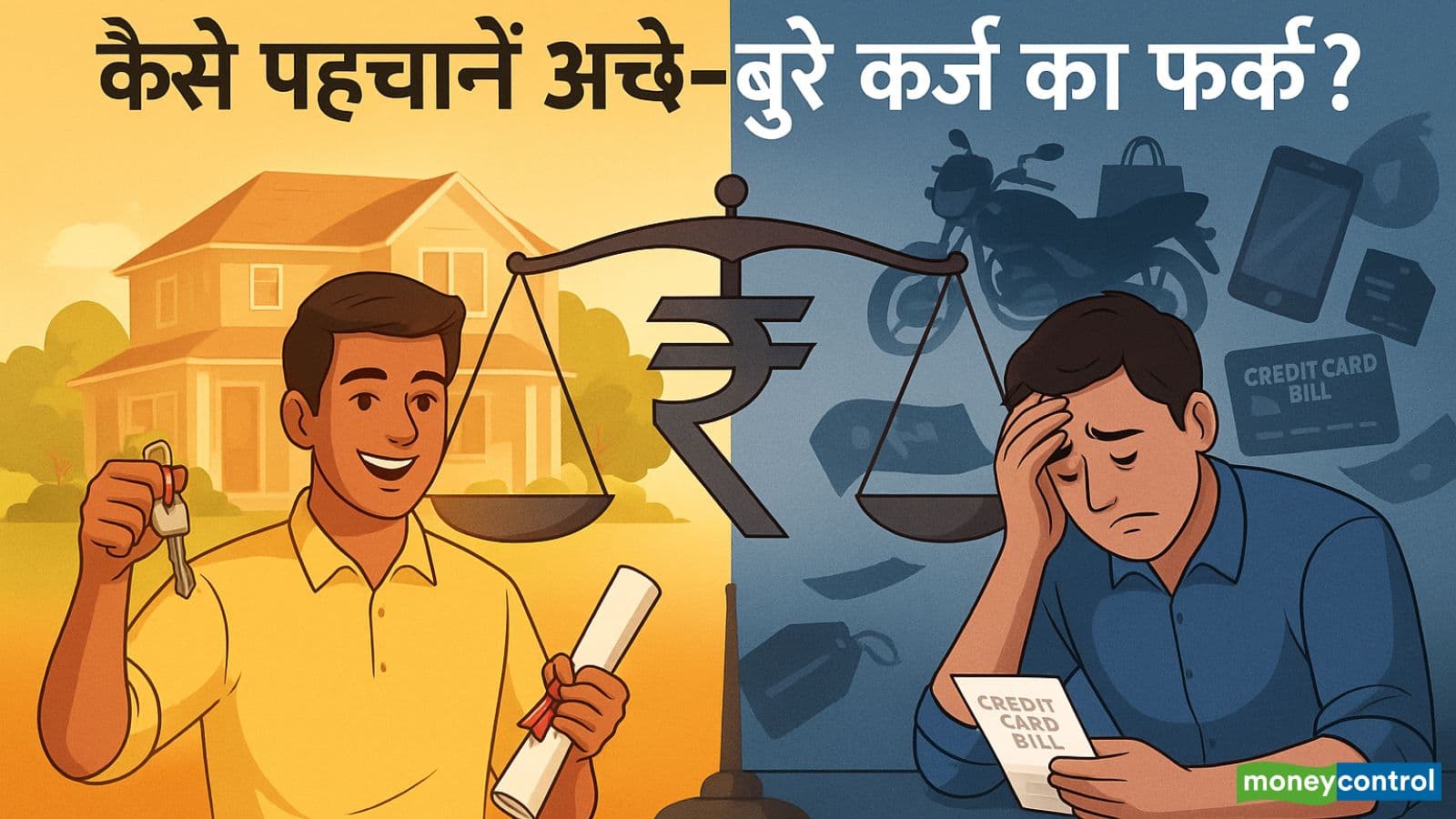
Good vs bad loan: Many people often look at the word ‘debt’ from a negative perspective. Their belief is that those people take loans, who have been financially destroyed. Or debt can push them towards economic destruction. This notion is usually made of old-fashioned nobles, who used to implicate people on huge interest.
But the truth is that not every debt is harmful. Some loans can prove to be beneficial investment for your future. At the same time, some debt can cause financial pressure and stress. That is why it becomes necessary that you understand the difference between ‘good debt’ and ‘bad debt’ properly and decide to borrow on the same basis.
What is a good debt?
‘Good debt’ is what you take to invest in a property. Its value can increase over time and it can also become a source of regular income for you. For example, education loan, home loan or business loan can be placed in a good debt category.
Such loans usually have low interest rates, tax benefits can be obtained and credit scores are improved on timely payment.
What is a bad debt?
The ‘bad debt’ is one that is taken for products or services, whose value decreases rapidly or which does not give any financial benefits in the long term. Credit cards, non-essential purchases, unsecured loans for walking, or loans of cars whose value is finished before the loan is completed. These are all examples of bad debt.
Such debt has very high interest rates, there is no positive effect on income. Also, if not paid on time, this debt increases further, which also affects the credit score.
Should every debt be avoided?
The perception is wrong that all kinds of debt should be avoided. Financial experts believe that thought-out debt not only helps in property building, but also strengthens your credit history. It is just necessary that you decide whether the loan is meeting your long term needs or only a short time is being taken for desires.
How to take debt wisely?